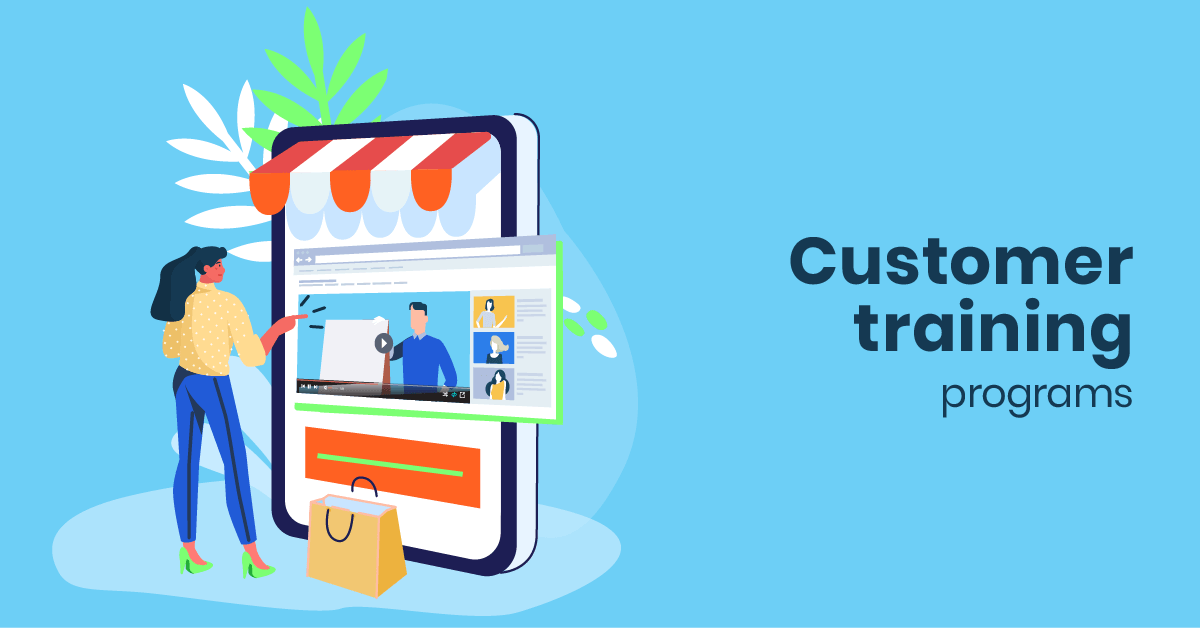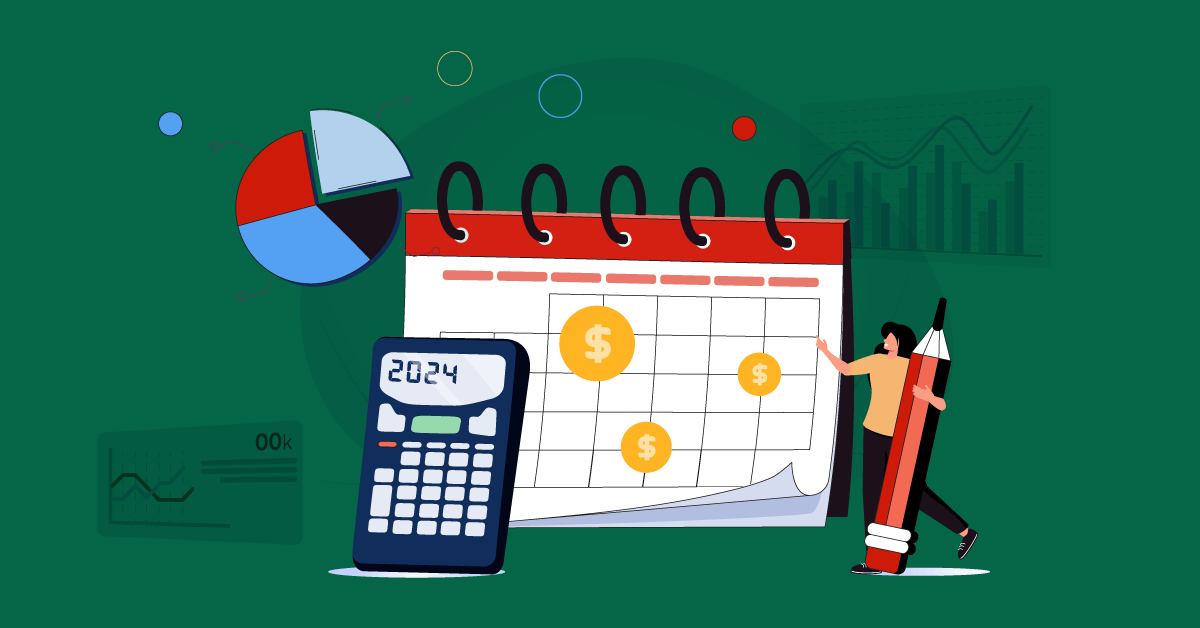Customer training is exactly what it sounds. It’s educating your customers on how to use your product so that they get the maximum benefit from it. But when we say products, we don’t mean a pair of sneakers. And when we say training, we don’t mean a YouTube video on “how to tie your new shoelaces in less than 30 seconds.”
Customer training is more common for SaaS and tech products. Depending on the product’s complexity, customer training can be entirely self-paced and simple in form, like FAQs and user forums. Or, it can take the form of guided onboarding and on-site demonstration.
What are the advantages of a customer training program? Is it worth the investment? And what do you need to know to train your customers right? This post, just like a successful customer training program, will answer all your questions.
The benefits of having a customer training program
The customer training benefits are plenty and significant. Here are the top 5:
1. Improved customer satisfaction
Customer training helps customers use your product the way you intended them to — to the fullest, often, and seamlessly. Your product brings value to customers because it makes their lives easier in some way. Customer satisfaction increases, and this is just the first of many benefits to follow.
2. Enhanced customer loyalty
Not many companies bother developing a customer training program right now. By offering customers something that your competitors don’t, customer loyalty surges. But, apart from catching their attention, a customer training program also shows customers you want them to get the most out of your product. It’s a gesture that indicates professionalism and respect for the people that keep your business alive, so customers return the favor by remaining loyal.
3. More word-of-mouth advertising
Loyal customers become brand ambassadors who leave positive reviews online and tell others about your product. Word-of-mouth advertising is the most reliable, and inexpensive, type of advertising a business can hope for. Because it comes from real users who are impartial in their opinion and have no personal gain, the truthfulness of word-of-mouth advertising can’t be questioned.
4. Better chances of upselling
If a customer is happy with your product or service, they are more likely to buy additional features and upgrades. Because they trust your brand, they’re also more likely to buy other products of yours instead of a competitor’s.
5. More revenue
Customer training can increase profit in several ways. Loyal customers drive more clients to your business, buy more products, and pay for more advanced features and subscription renewals. Also, since client training answers proactively commonly asked questions, you can operate with a smaller customer support team and, therefore, reduced cost.
How to create a successful customer training program
What makes for great customer training? A successful customer training program is more than an educational tool — it’s a marketing strategy on its own. The following 6 tips will help you create training that gets customers excited about your brand and makes them want to tell the world about it!
1. Pick a versatile training delivery platform
Your training needs will guide you towards the right training platform. Do you want to issue certifications for extended enterprise training? Localize content for worldwide audiences? Integrate your branding into the training environment? Would you like to give customers the option to take the training on mobile?
A Learning Management System offers all these capabilities, and many more. With an LMS, you can build and update your course fast and easy. Your customer training materials will be organized in one place and easily accessible. You can always use more features as your needs evolve, of course. And, right from the start, you’ll get access to data that will help you improve your training and your product, too.
2. Adjust training to your customers’ needs
Some products are addressed to a broad consumer base and can be used differently by different customers. Take project management tools, for example. They are mostly known as a business tool that helps teams organize their projects. Some people, however, use PM tools to manage their time better and prioritize chores and hobbies.
You don’t have to choose between overwhelming users who only need basic features and creating a course with no real value to those who need something more. Instead, deploy different customer training programs for your different audiences, so that everyone gets what they need from your training.
3. Use diverse types of content
Your customer training materials should vary depending on what you want to achieve and to cover everyone’s learning preferences. For example, to give a tour of the product and a little background info, you can create a video. For a more comprehensive presentation, don’t hesitate to host a webinar. You can also create microlearning videos and infographics to explain specific features.
The key to engaging your audience is to keep the content short and simple. Just like you would if you offered just-in-time training to your employees. In fact, the entire training shouldn’t last more than 30 minutes. Social learning features, like user forums and live webinars, will also make the training more fun and build hype. Gamification is another option worth considering. Points, levels, and badges will give customer training an unexpected spin your customers will love.
4. You still need to offer support
No matter how comprehensive your customer training program is, your customers will still have questions. To answer these questions, create a discussion forum and have a dedicated customer support team in place. As time goes by, this discussion forum will be enriched and turned into a knowledge base. A database of FAQs and common troubleshooting issues will benefit all your customers, training or not. Plus, your customer support team will thank you.
5. Promote your customer training program
Your customers aren’t going to magically show up for training. So now that your L&D team is done developing your customer training program, it’s time for your marketing fellows to take over. To promote your customer training and draw people in, your marketing team can create email and social media campaigns or even paid ads. Another option is to add in-product notifications and to direct customers to your training from your customer support page.
6. Measure the results
There’s one last step to any training initiative, and that’s feedback. You can get direct feedback from your customers through built-in surveys. Or, you can analyze data from your LMS. LMS reports will reveal how customers are responding to training and whether it meets their knowledge level. The metrics will also pinpoint features that are hard to use or of little interest so that you can make adjustments in your next release.
Long after customer training is over, the key indicators of your program’s success will be your customer success metrics. For example, your customer satisfaction and Net Promoter Scores should go up, and the number of customer support tickets should go down. Other signs that indicate your customer training is working is when customers pay for upgrades and advanced features, renew their licenses, or buy more products from your brand.
Conclusion
Modern customers have more power in their buying decisions than before. Customer training takes it one step further and helps them gain the maximum value from your product. For customer training that excites customers and gets the word out about your product, eFront is your go-to training platform. With a range of features that respond to modern training needs, eFront allows you to create excellent training that reflects your values and your respect for the customers.



